Add to favorites
Log in to your personal space

Nestled in a wooded area, Feÿ overlooks the Yonne and Tholon valleys, vast view points that open up to the hills of Auxerrois. The typical 17th century architecture gives it an elegant and light solemnity which is enhanced by the tiled roofs pierced with dormer windows and the liveliness of the low facades punctuated by emblazoned pediments. Large receptions, weddings, seminars, holidays with friends and art festivals can be hosted in the chateau or outbuildings. In the spirit of a family home, everything is provided to warmly welcome guests in the heart of a region full of natural and cultural heritage.
Originally from Paris and as great lovers of heritage, we never expected to be lords of a chateau. We have nevertheless succumbed to the charm of the Yonne valley's superb, unspoiled landscapes and the immense forest of Othe which surrounds the chateau. We also fell in love with Joigny, City of Art and History, and its Burgundian vineyards and gastronomy.
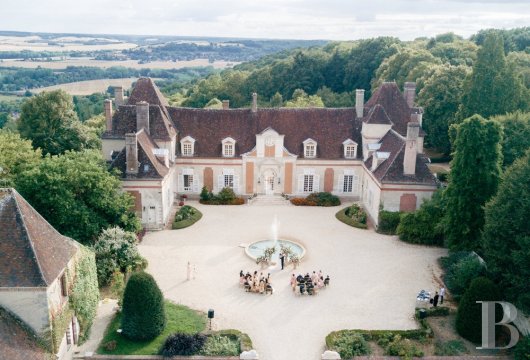
The Château du Feÿ is located in the middle of a wooded area of forty-one hectares. It was built in the 17th century, at the top of a viewpoint overlooking the Yonne valley dotted with seven villages. The chateau's facade, the roofs, the dovecote and certain lounges are listed as Historic Monuments. The same goes for the interior decor of the living room, the dining room and two of the bedrooms. The central span of the facade is enhanced by a large pediment. A tympanum decorated with coats of arms adorns the cornice. It features a lion and an anchor under a Viscount crown. There is still a press, a millstone and an eighty-metre-deep. Four hundred year old pyramidal oaks stand at the entrance to the vegetable garden.
The Château du Feÿ was built in two stages. Nicolas Hennequin, first lord of King Louis XIII, built a first chateau in the 16th century. A second was built in 1620 at the request of Nicolas de Baugy, adviser to the king. The estate remained in his family for a century and a half, before it became the property of Baron Melchior de Chamousset in 1751. The latter ordered work in several rooms of the château and had the exteriors redeveloped, adding ornaments and woodwork. The chateau was sold on numerous occasions before being sold to Admiral Jean-François de Meynard de Lafarge, rear admiral of Louis XVIII's navy in 1823. He then passed the estate down to his grandson who occupied it until 1917. Many honourable guests have stayed here such as Saint Vincent de Paul or lute player Ninon de Lenclos. In 1982, the estate was bought by Anne and Mark Cherniavsky, an American couple. From then until 2007, Anne hosted students from all over the world as her cooking school, La Varenne. In the space of three hundred and fifty years, the property had only known seven different owners, from Nicolas Hennequin of Feÿ to the Cherniavskys. We finally bought this property in 2007 after it had been abondoned for ten years. We were the first to open it to the public since it had been built.
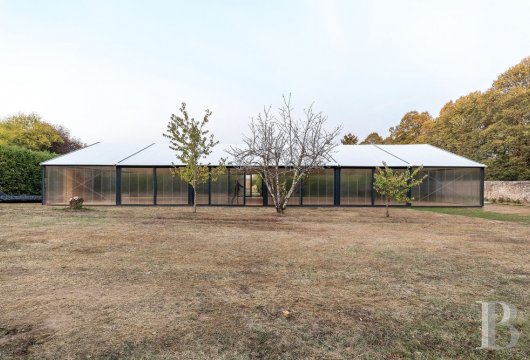
The chateau is particularly warm, like a large family home. It is suitable for holidays, celebrations and all personal or professional events. It offers quality service in an extraordinary setting. The Chateau de Feÿ organises artistic events every year, including the Feÿ Arts festival. Works of contemporary art and crafts are showcased alongside performances and musical events.
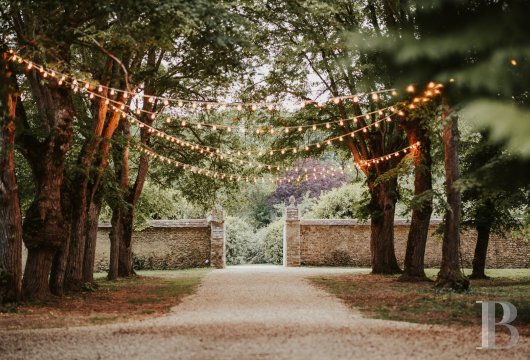
For lunch, the Blue Flag's delicious œufs en meurette (poached eggs in a red wine sauce) are just ten minutes from the chateau. For dinner, we would recommend the "Lucullus" menu at Patrick Gauthier's in Sens. The Rive Gauche in Joigny is always a safe bet with very good value for money. For quality produce, the Joigny market on Saturday morning and the bakehouse in Villeneuve-sur-Yonne are not to be missed. The Château de Vauguillain, perched on the hill of Saint-Julien du Sault, is worth the detour as well as the walks along the Yonne. For those with a sense of adventure, we recommend the horseriding at the centaur club in Cézy. For art lovers, artist Alexandra de Prinsac's studio is open to visitors. Le Colombier Vert in Champlay, a group of historic buildings with a contemporary garden of medicinal plants, will delight nature lovers.
Le Château du Feÿ can host private parties and official events for up to five hundred people. Three connected reception rooms can accommodate a total of one hundred guests for a sit down meals and two hundred for drinks. An 450m2 orangery can accommodate more than four hundred standing guests and three hundred seated. Many rooms in the outbuildings around the well and near the 18th century press are also available for drinks and brunches. The chateau can accommodate more guests in the garden or in the 450m2 designer tent located in the vegetable garden. The whole chateau, the barns, the press and the old bread oven can be privatised. Secular ceremonies can be held under four hundred year old oak trees. The chateau has two modern and professional kitchens equipped for caterers. Private parking for special guests is located to the right of the main door. Twenty-one rooms and suites are available to guests, and there are hotels nearby in Joigny and Saint-Julien-du-Sault.
ref 120490
The Château du Fey offers a wide range of activities. From contemporary art exhibitions to concerts and cooking lessons, the architecture and exteriors enhance the events and attract a large audience.
The property hosts exhibitions of visual and living art. Each event follows a theme of tradition and sustainability. Respect for the environment and exchanges are the key focus in the artistic programming. Le Fey opens its doors in mid-September during the European Heritage Days.
The Fey Arts Festival has existed since 2018 and prides itself on being «a platform for meetings and experimentation», bringing together multidisciplinary arts such as performance, visual arts, gastronomy, and even live performances. For three days, the event transforms the Château du Feÿ into a platform for meetings and experiments just an hour and a half from Paris. Cinema, performance, publishing, contemporary art, music, architecture and gastronomy come together for a weekend to create an artistic laboratory that guests are invited to discover.

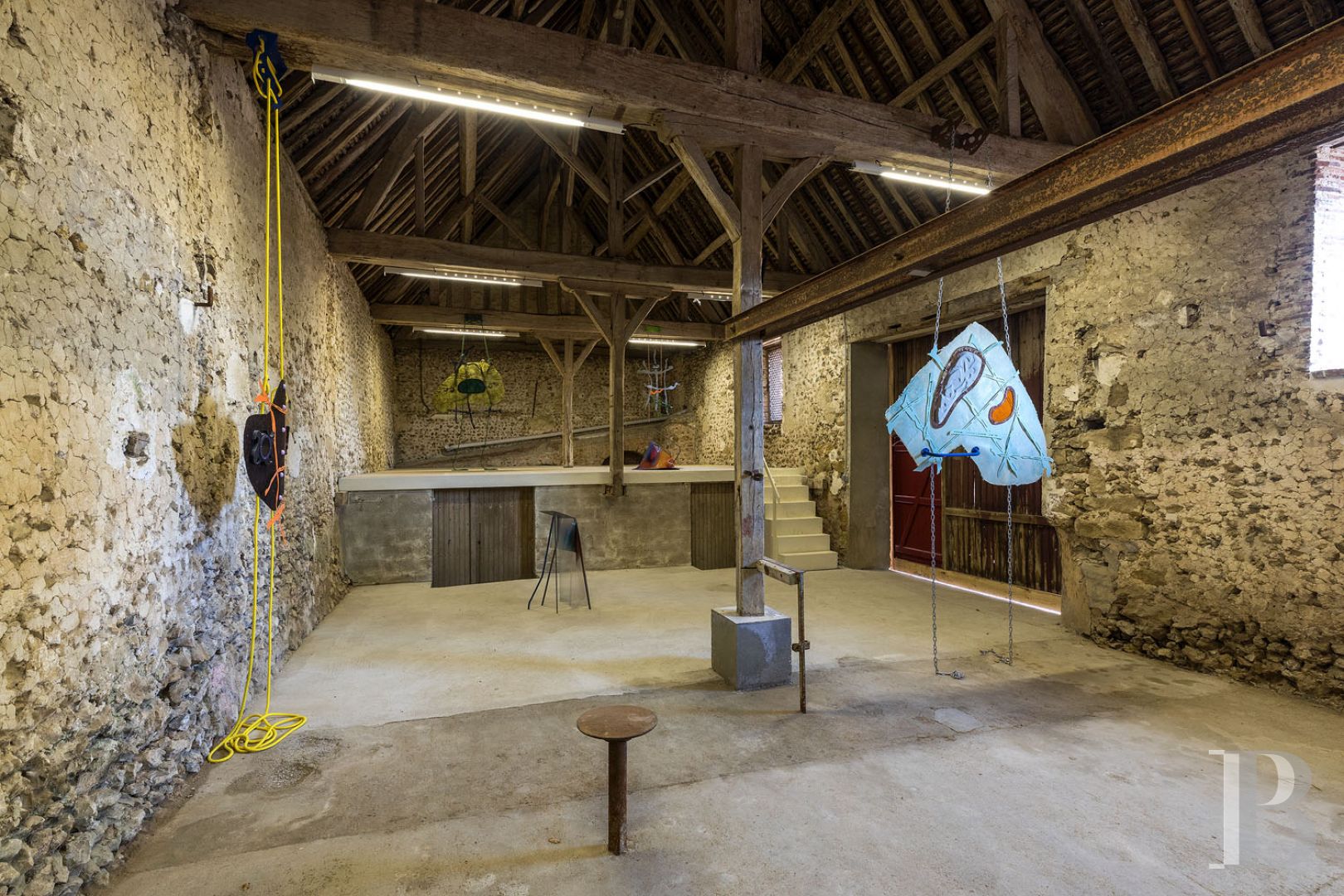

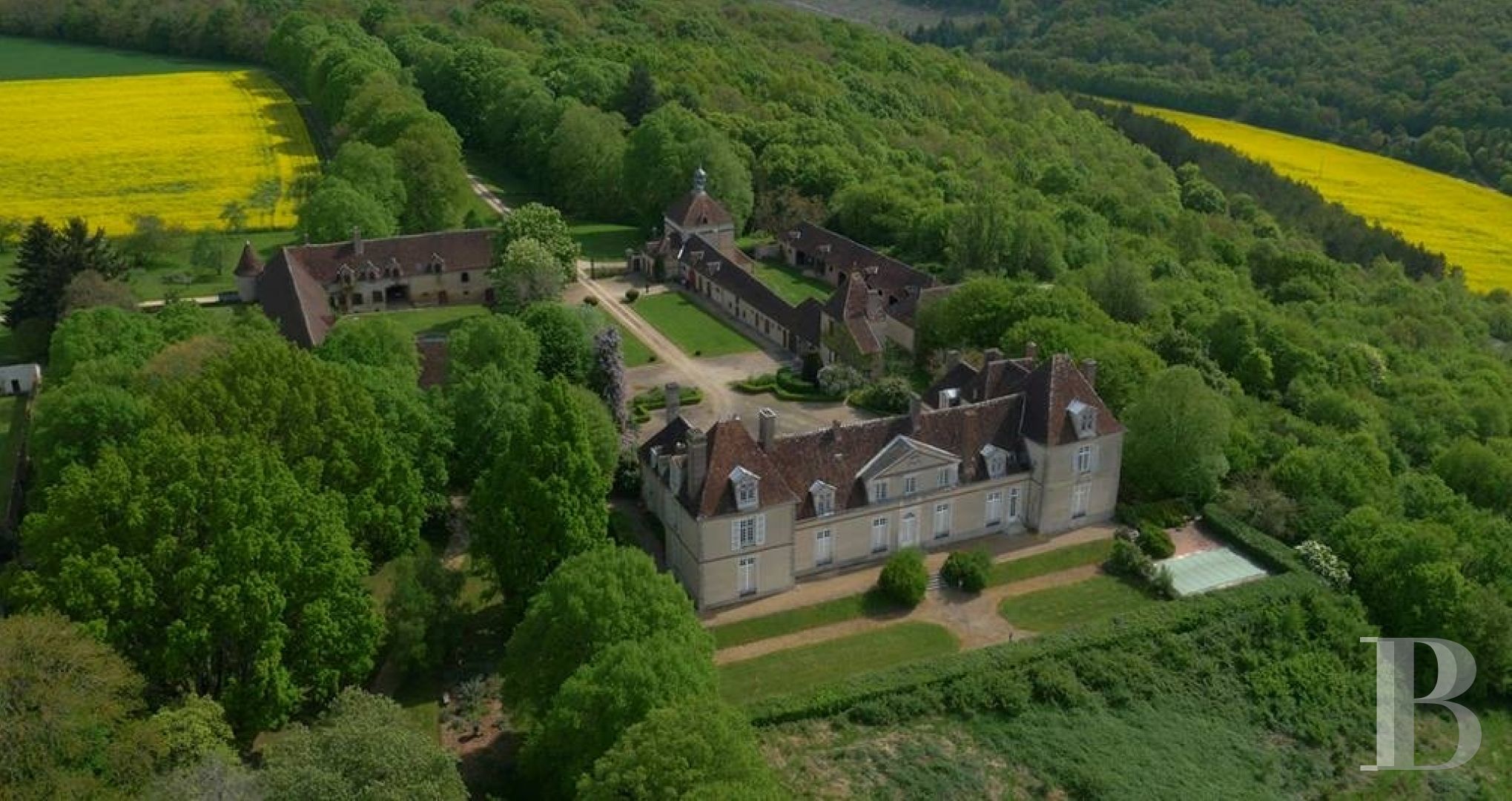
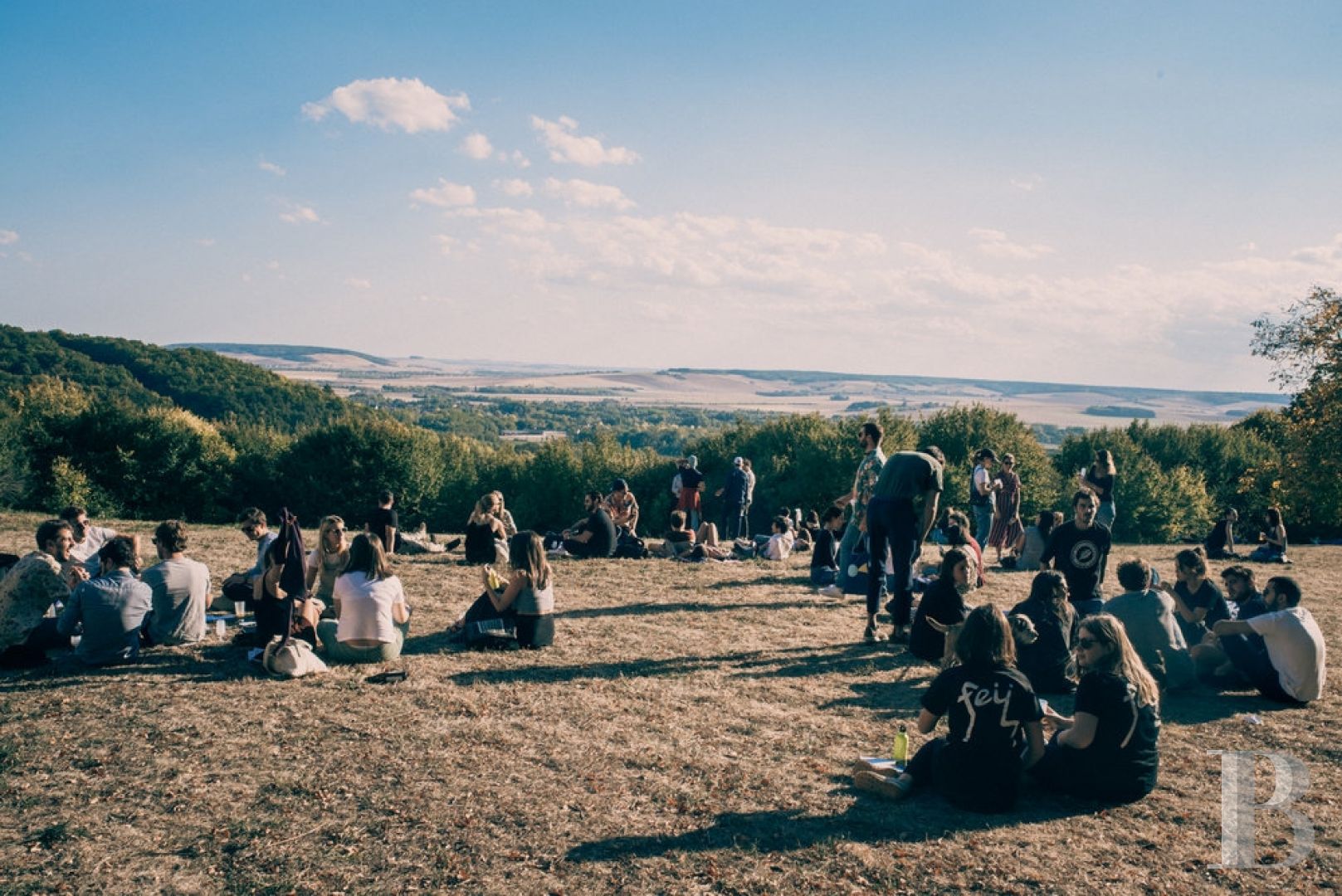
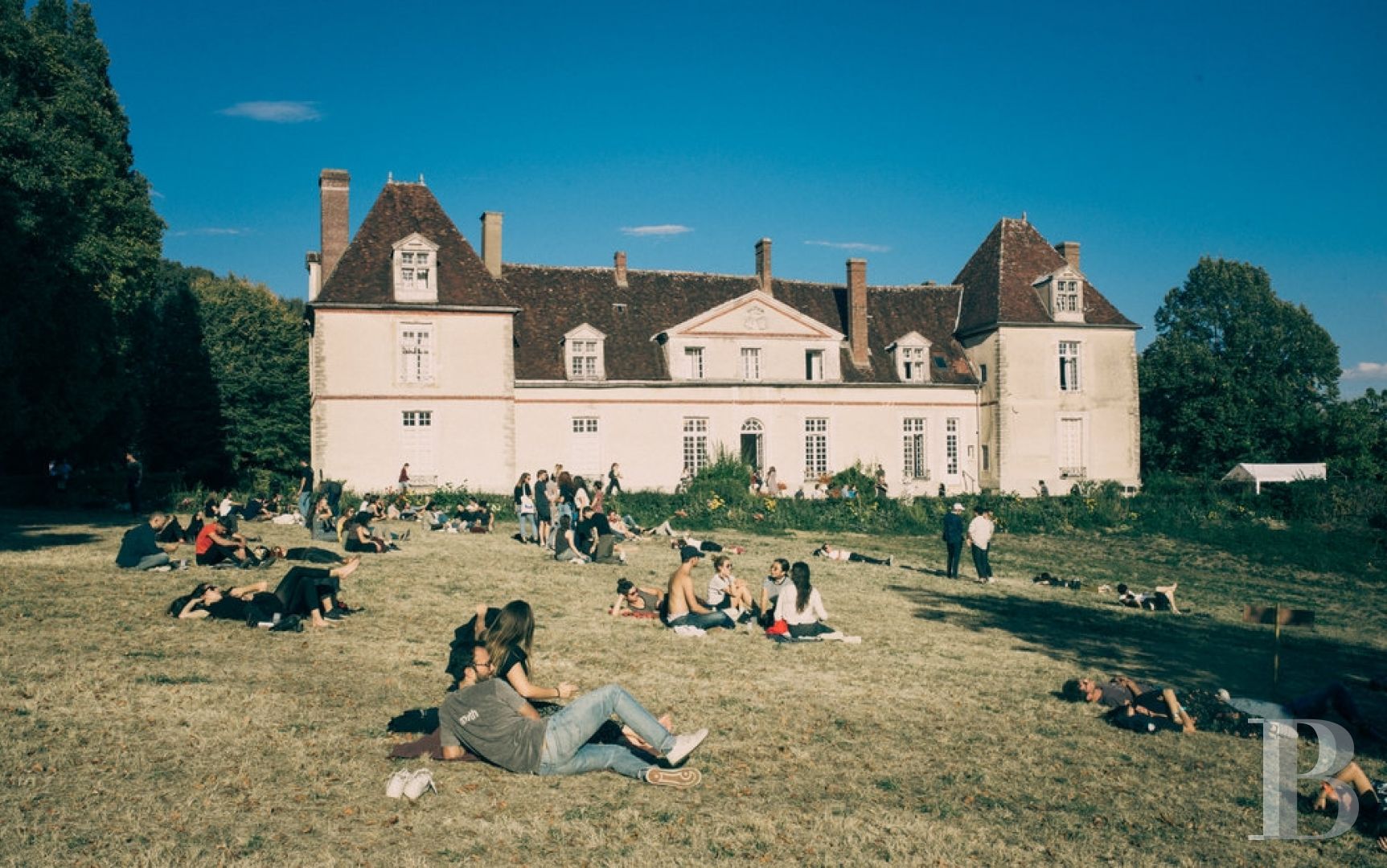
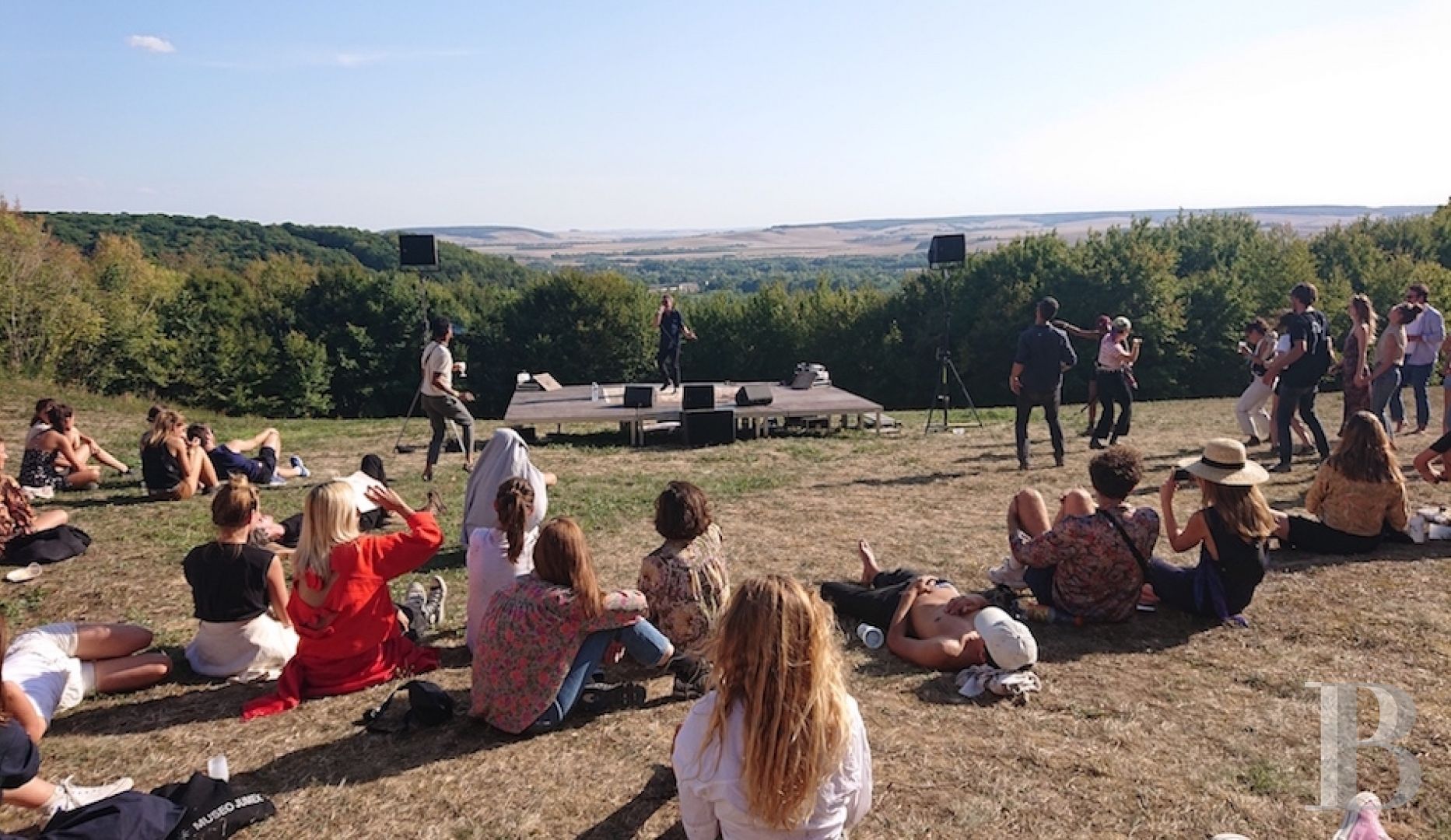
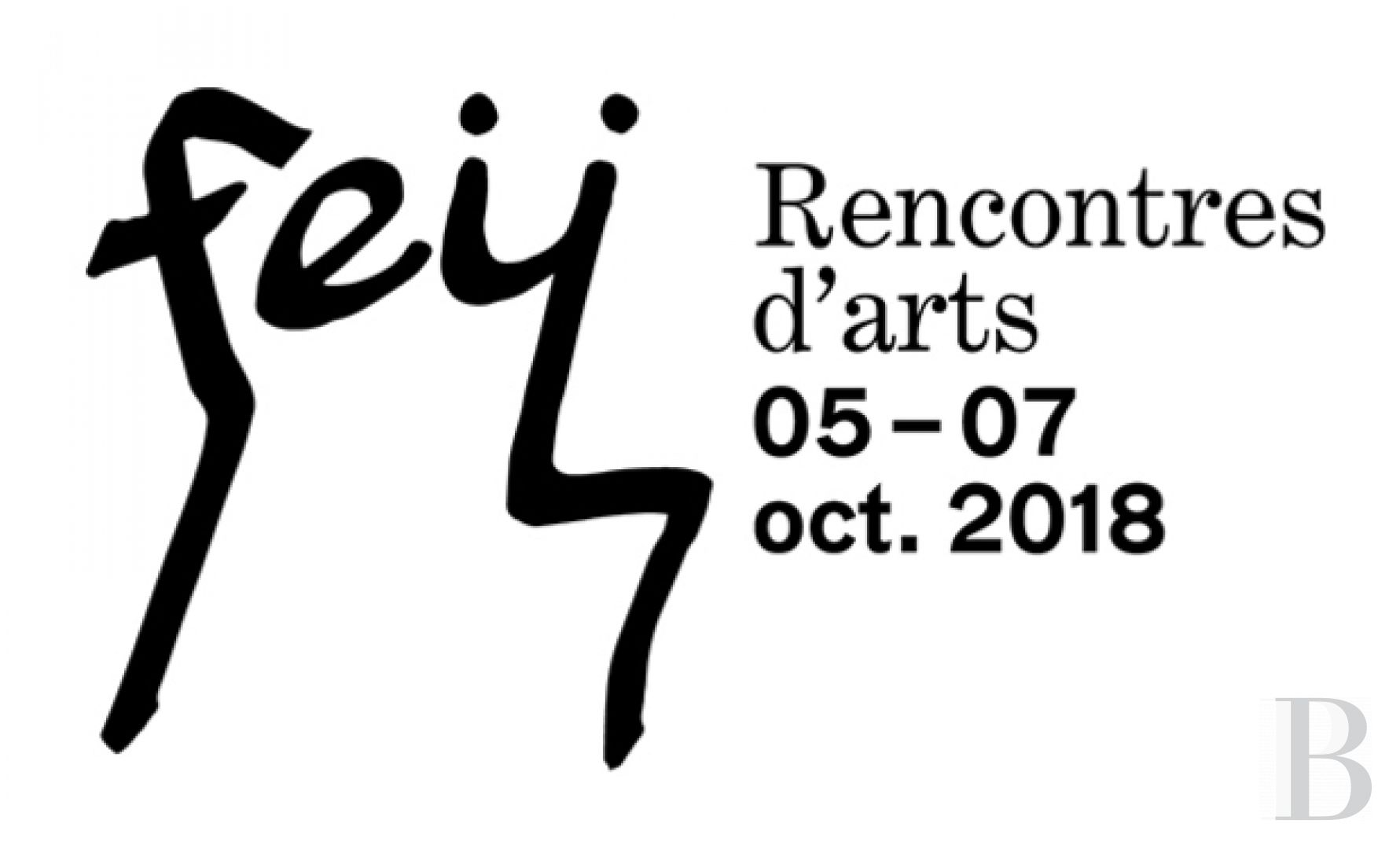
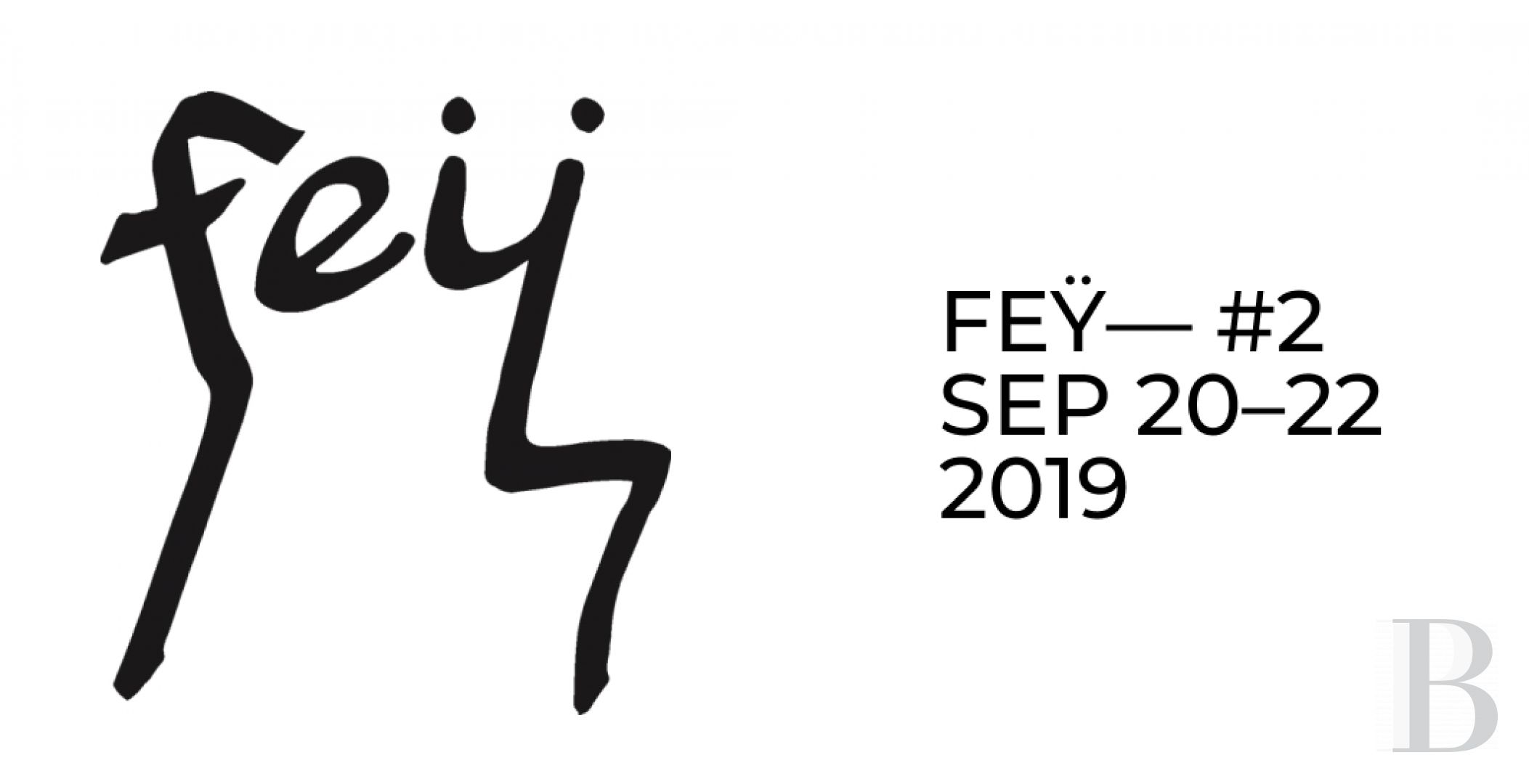
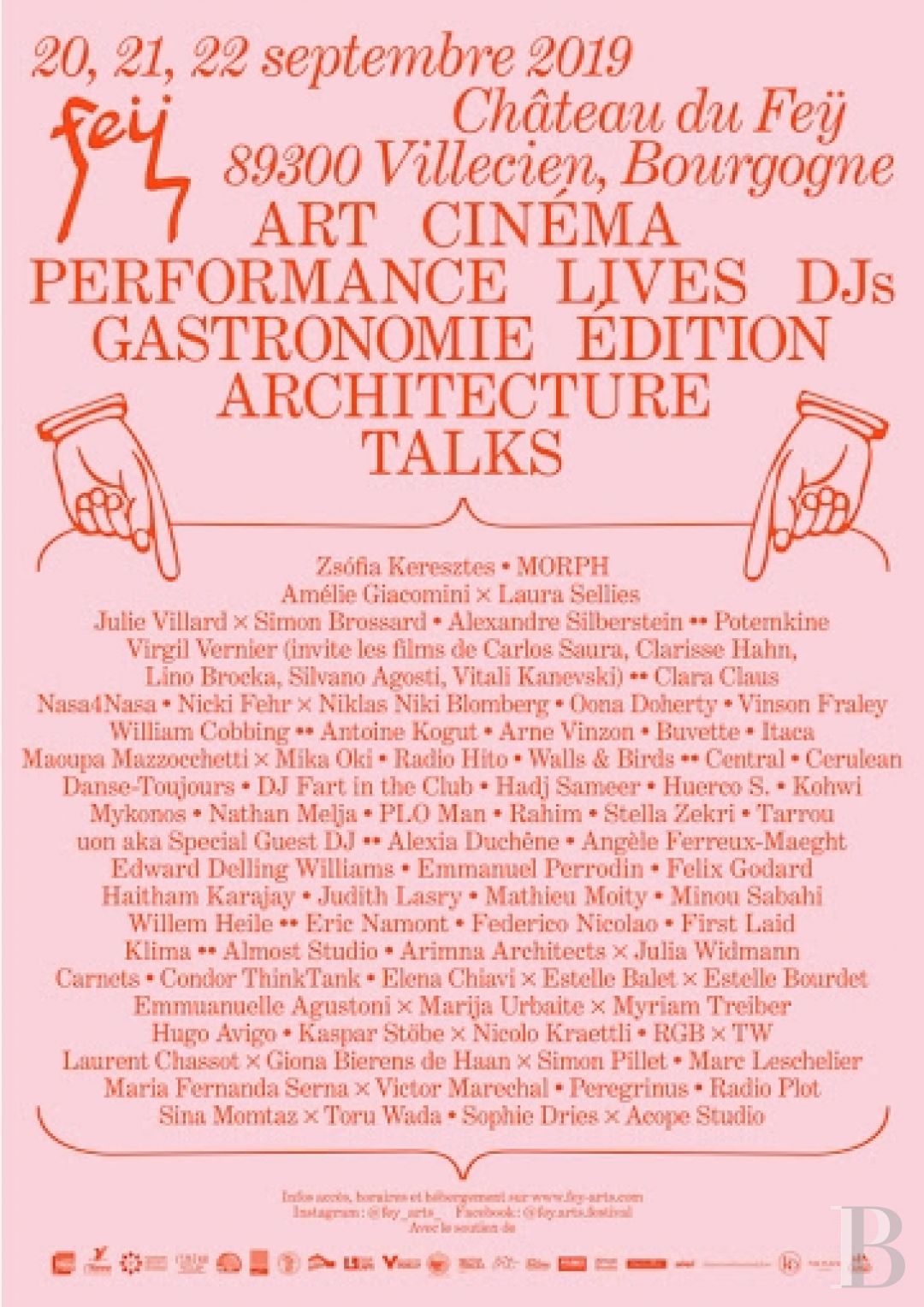
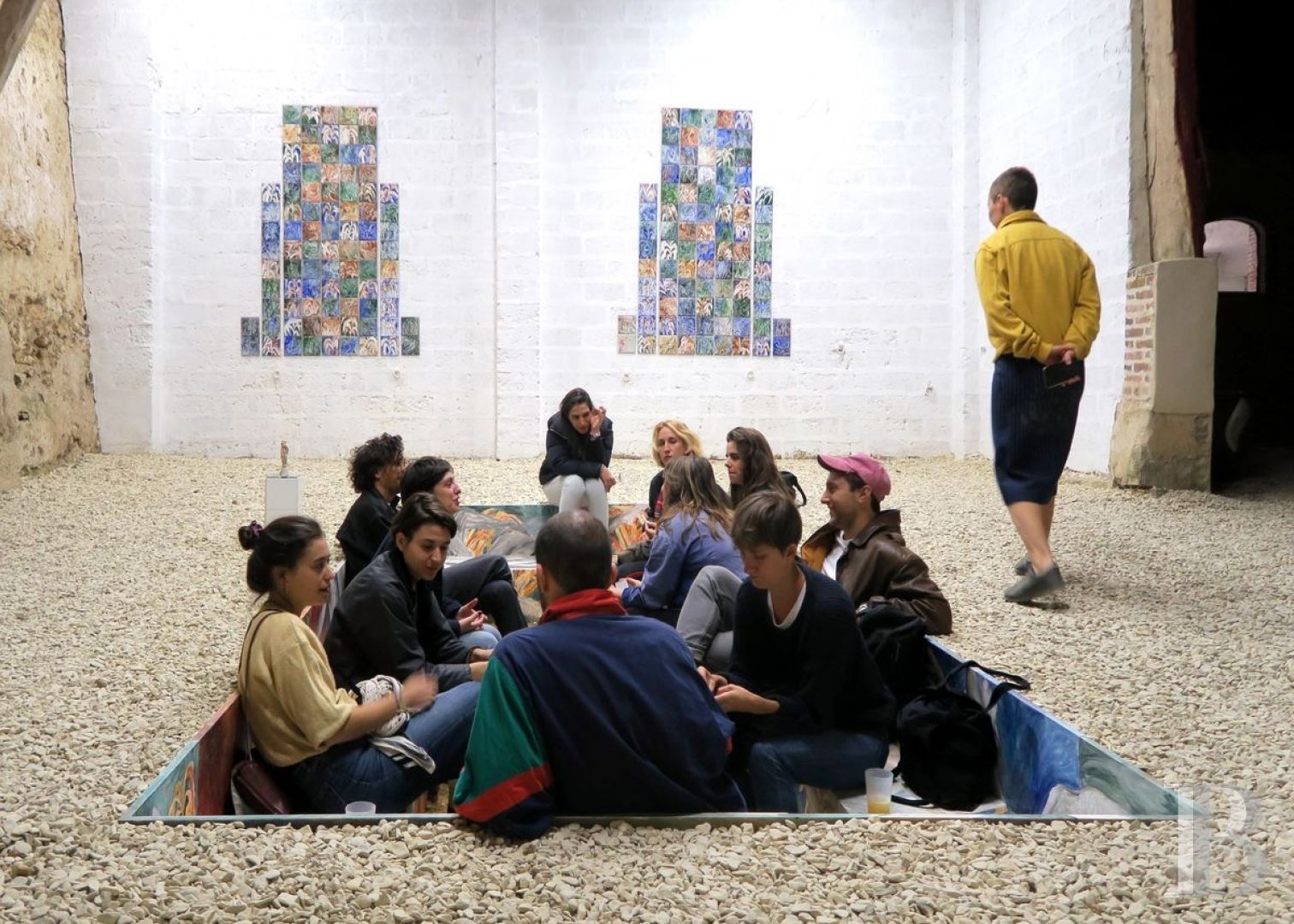
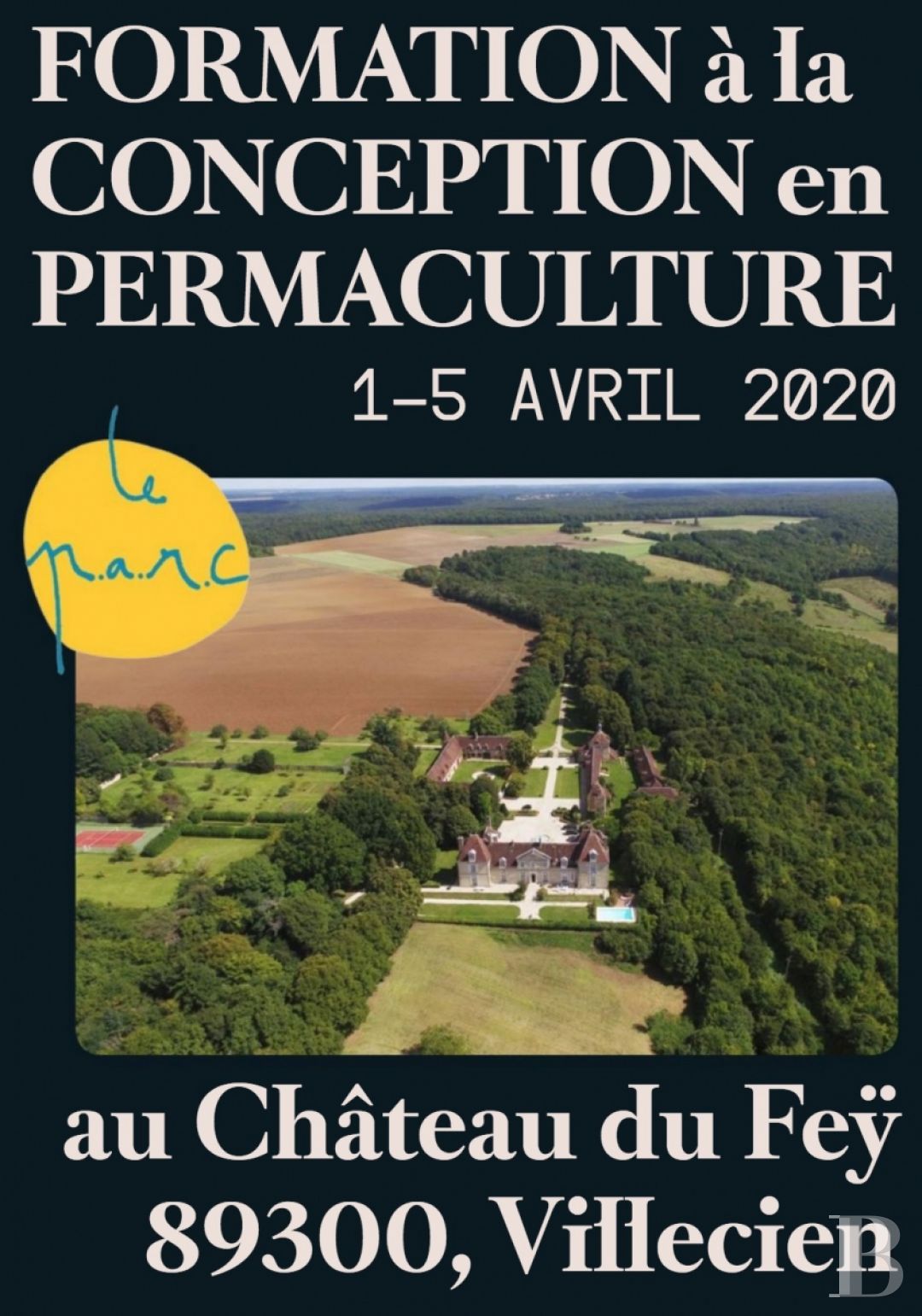
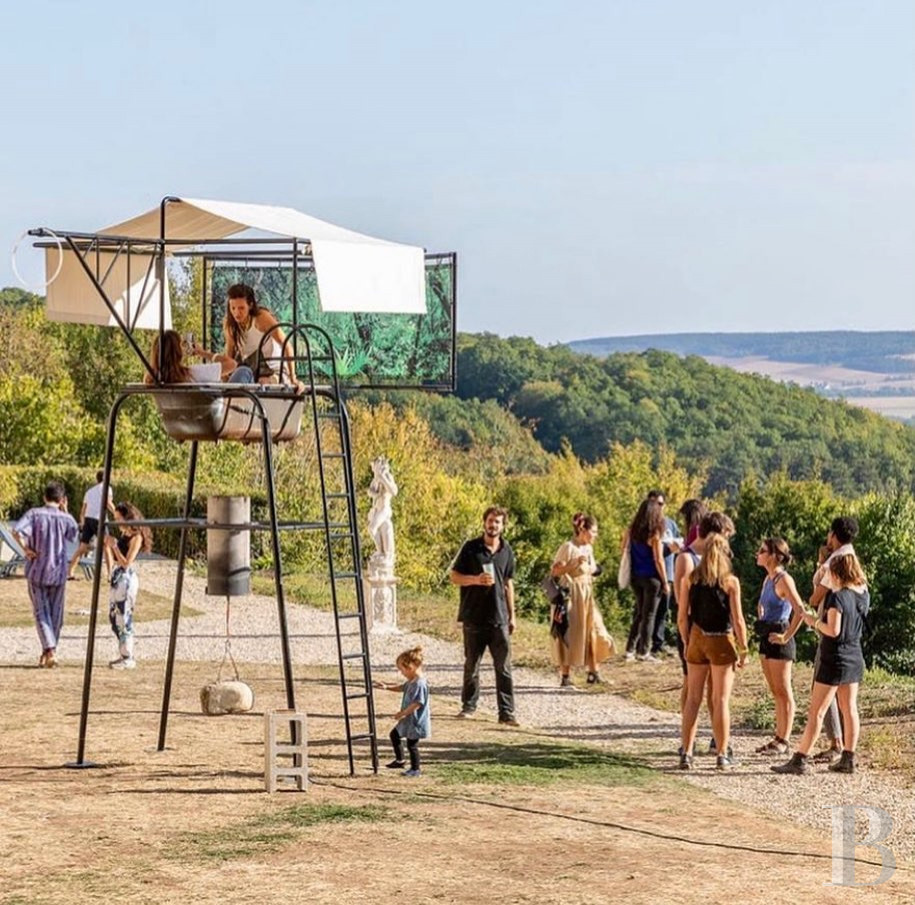
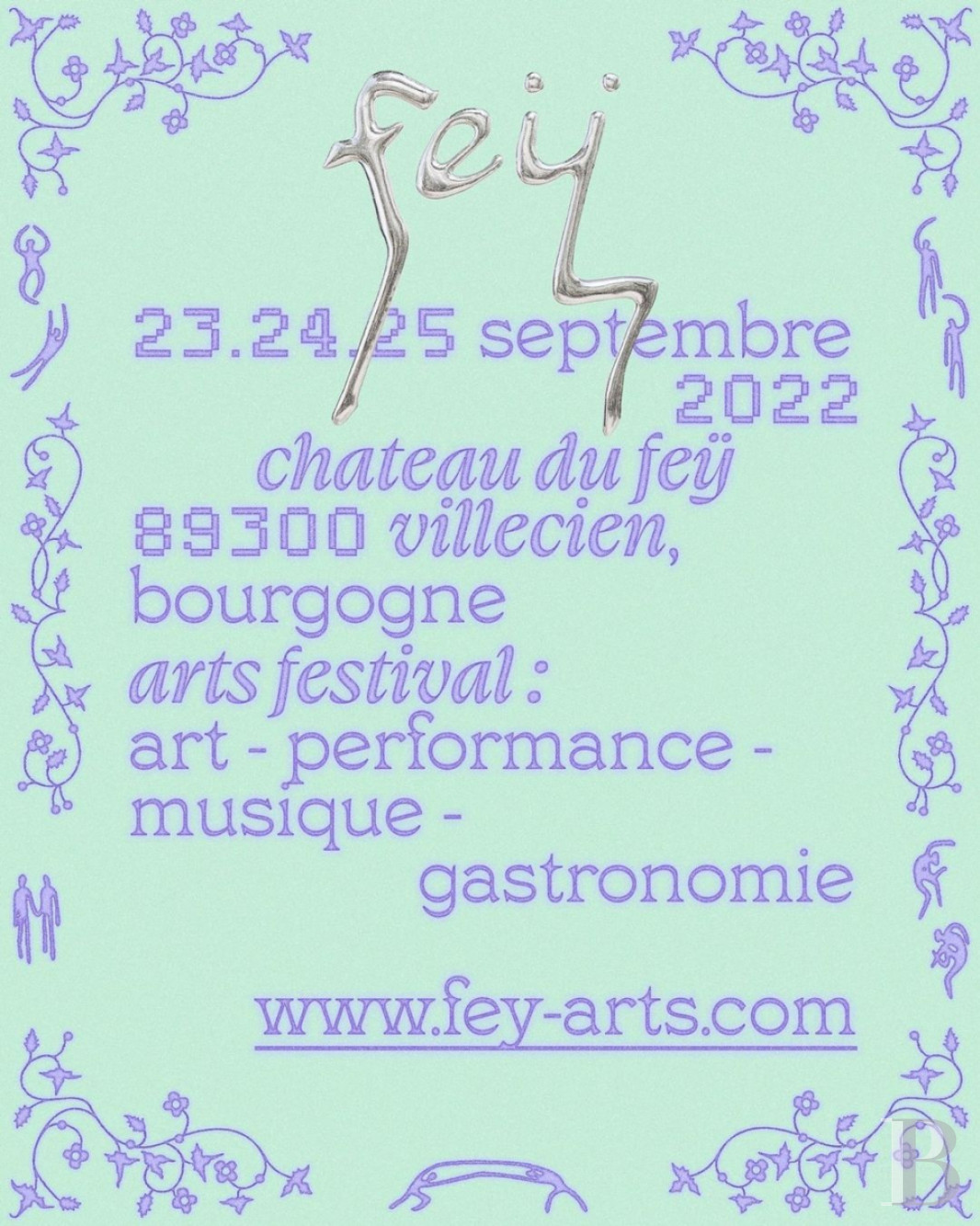

 A link to enter a new password has been sent to you by email.
A link to enter a new password has been sent to you by email.
By continuing your navigation, you accept the use of cookies to offer you services and offers adapted to your centers of interest and to measure the frequentation of our services. Learn more